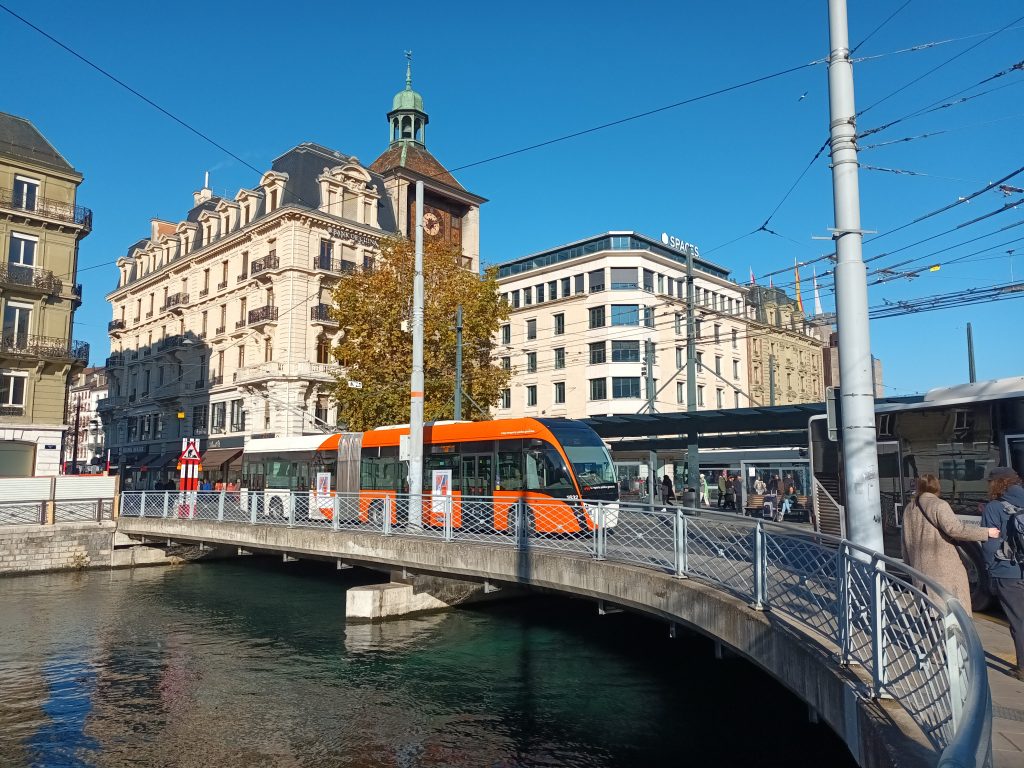
The city of banking and watchmaking… but not only. Geneva is a much more complex city, home to a great university and eminent thinkers for centuries, and it even published one of the first two comic strips in history.
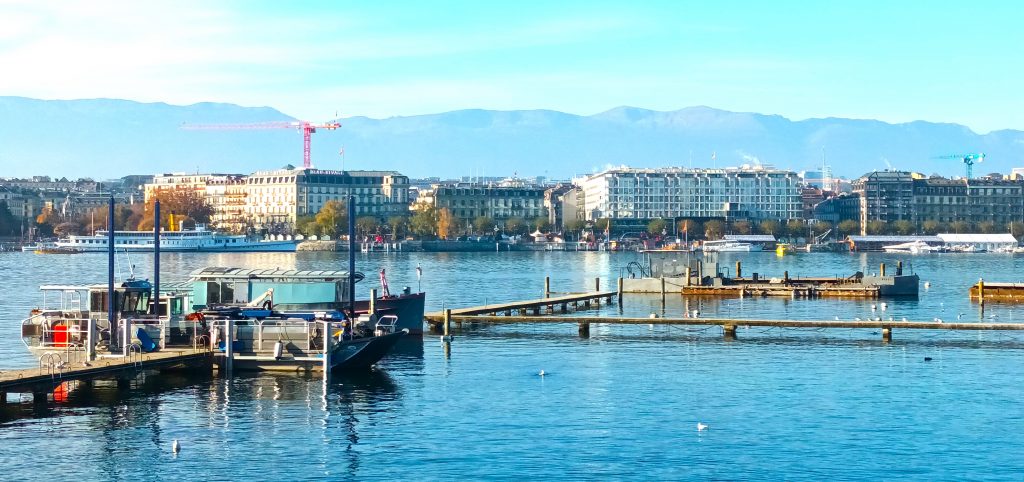
It seems that the Jewish presence in Geneva dates from the 13th century, mainly around the Place du Grand-Mézel in the old town. The Jews were expelled from the city in 1490 and forbidden to stay there until the 19th century.
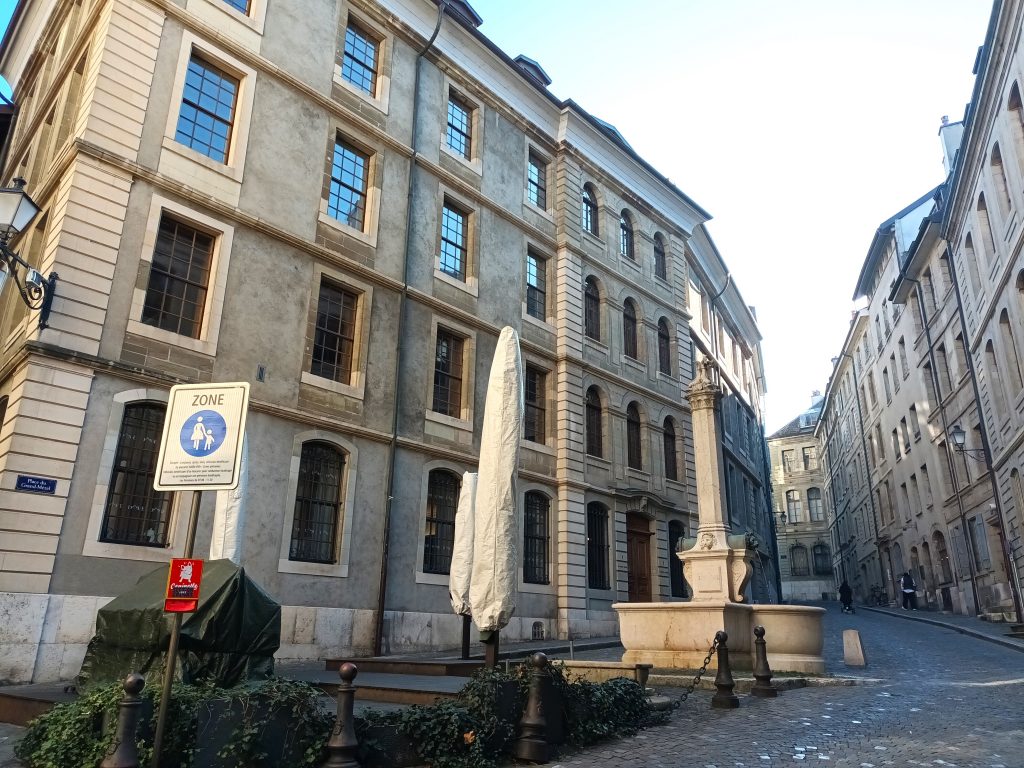
The Grand-Mézel was the oldest closed Jewish quarter in Europe, established in 1428 (88 years before the Venice ghetto). The old town is situated on a small hill, with the shopping streets on one side and the university and cultural buildings on the other. Coming down from the Grand-Mézel, 200m away you will find the historic synagogue of Geneva.
Reestablished in 1852 by Alsatian Jews, the Jewish community of Geneva was offered a plot of land by the city to build a synagogue as a sign of tolerance toward non-Protestant minorities.
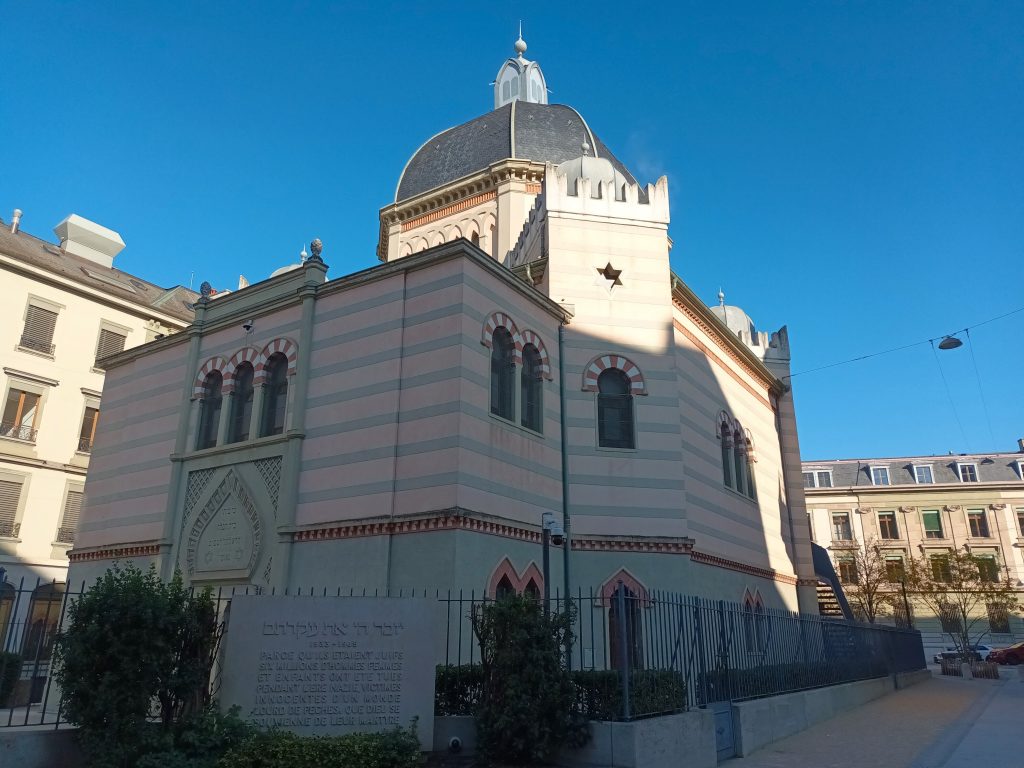
Located at the Place de la Synagogue and combining eastern style with Polish characteristics, the Beth Yaacov Synagogue was returned to its original colors in 1997: designed in 1857 by Jean-Henri Bachofen, it features a gray and pink-striped facade, four crenellated turrets crowned by domes, and a central dome topped with the Tablets of the Law. The interior (arches and dome) is predominantly light blue, while the stained-glass windows and paneling add to the vividness of the colors.
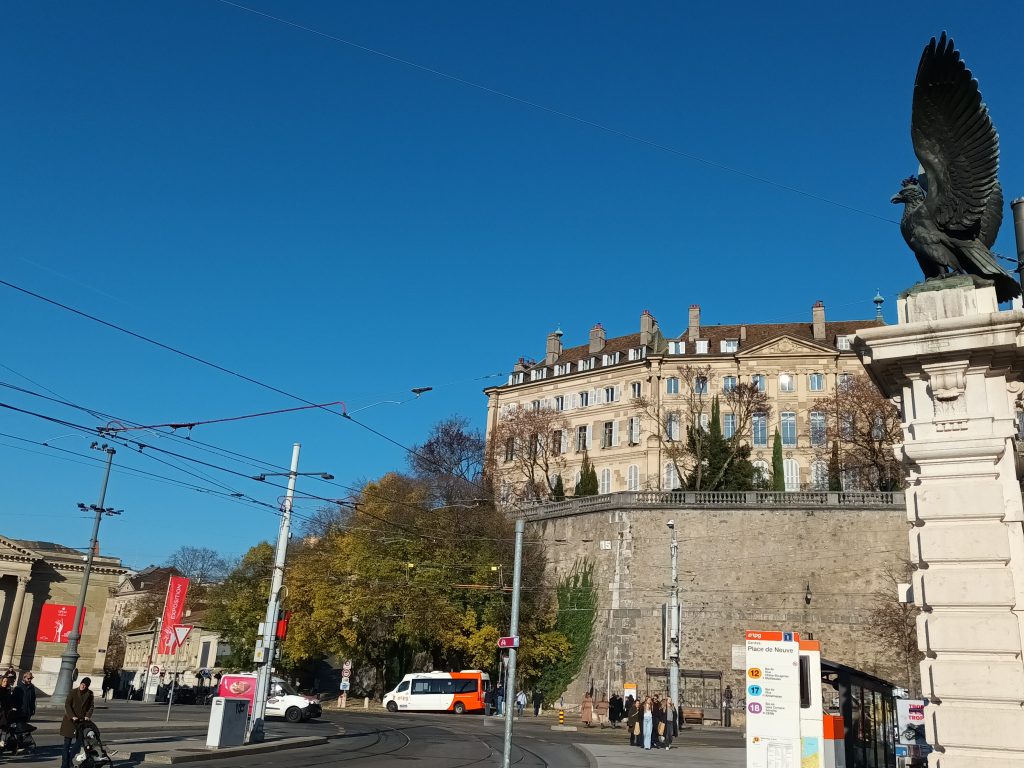
The University of Geneva was established by Jean Calvin in 1559. The urgent need to fill lecture halls in the 19th century unexpectedly benefited from the political upheavals in Eastern Europe. The very reactionary period of the Russian Empire forced many students to leave the country and find places at Western universities. This was especially motivating for women, who found free access to Geneva universities, a rare event at the time. Thus, Jews from the East, often from very modest conditions, made up more than half of the students in Geneva. Among them, Lina Stern, a world specialist in the brain and the first woman professor at the University of Geneva. But also Chaïm Weizmann, the future first president of Israel, who taught chemistry there and founded a publishing house. There he developed with other students the idea of what would become the Hebrew University of Jerusalem. As well as many Zionist, communist and Bundist figures.
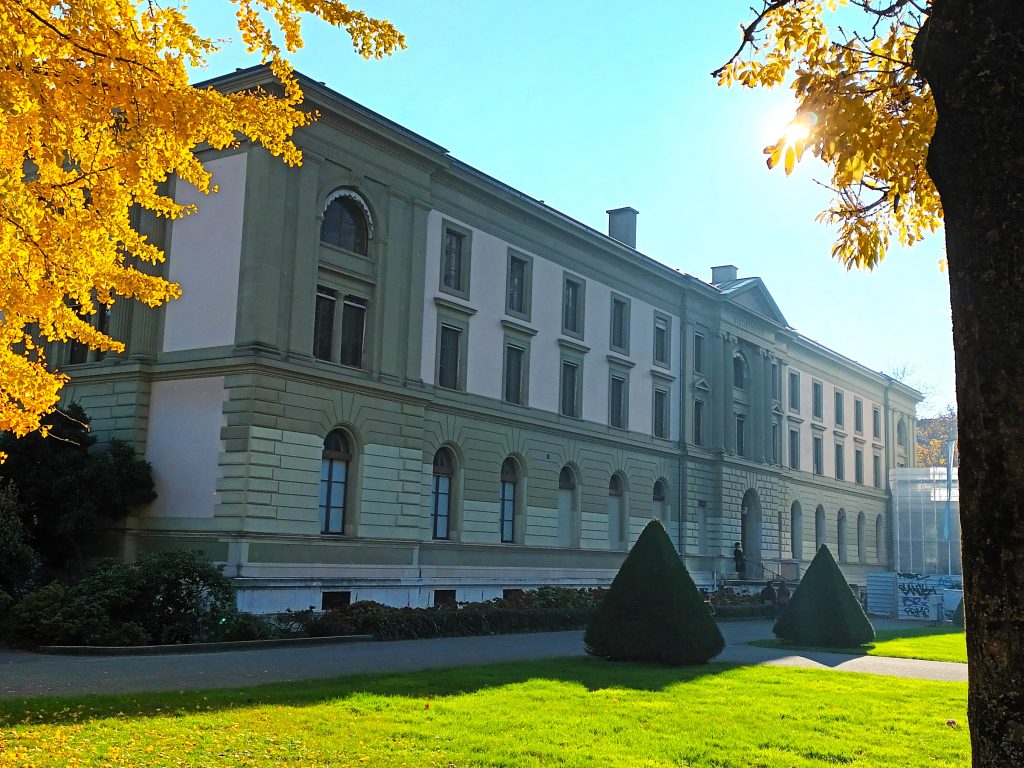
In the spirit of reconciling studies and manual labour, Aron Syngalowski established in 1943 in Geneva the provisional headquarters of the ORT (Organisation – Reconstruction – Labour), founded in 1880 in Russia to help needy Jews. This world headquarters remained in Switzerland until 1980.
The Heikhal Haness Synagogue , serving the Sephardic Jewish community, was built in 1970. This marble construction was needed in answer to changes in Geneva’s community, as Mediterranean Jews have now become the majority.
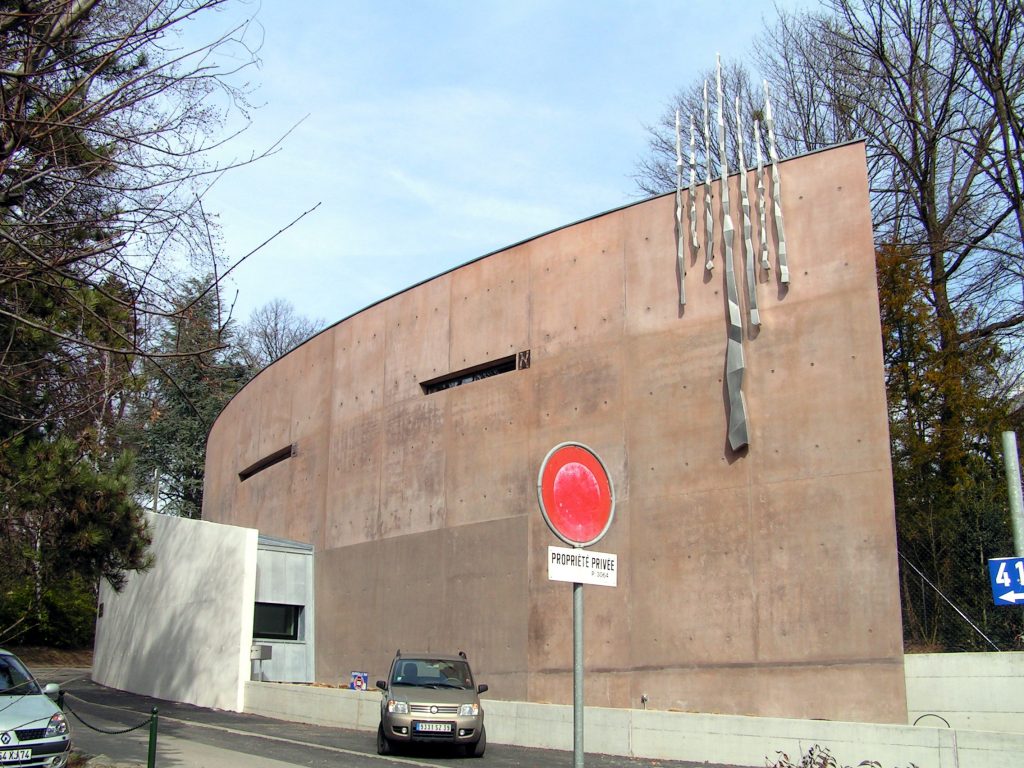
The Liberal Jewish Community of Geneva – GIL created by Rabbi François Garaï in 1970, gathers today about a third of Geneva’s Jews. It was the first synagogue in the French speaking world to enable girls to read the Torah during their bat-mitsvah.
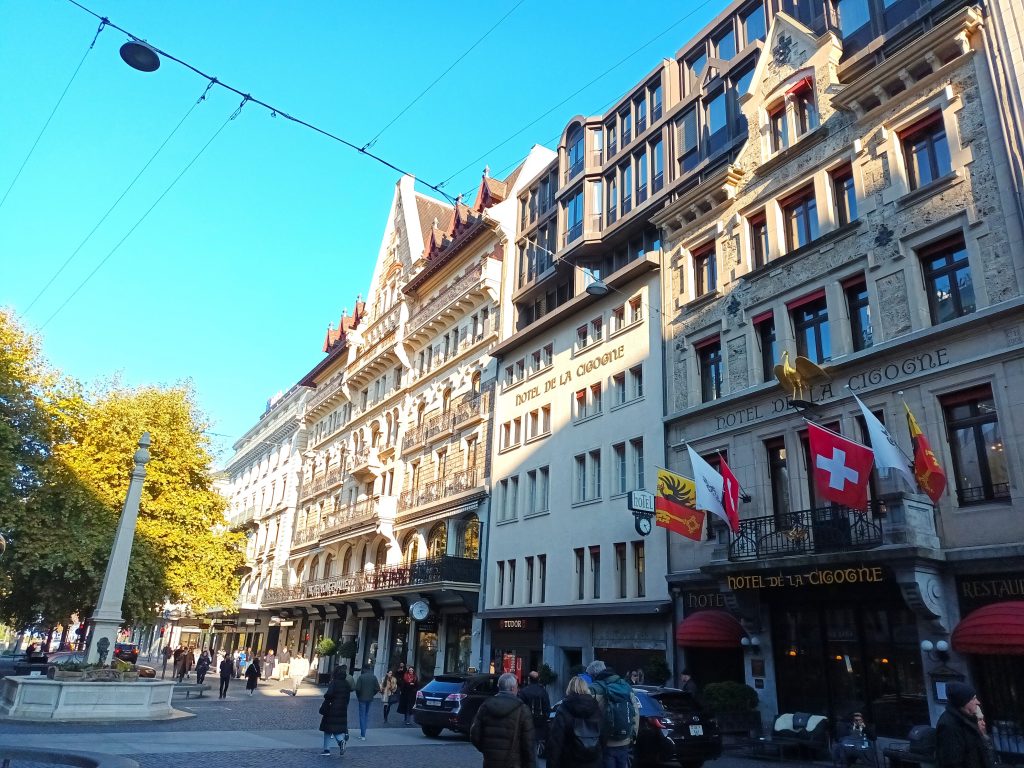
City known over the world for its diplomatic summits, Geneva inspired many writers, among them Romain Gary and Albert Cohen, diplomats themselves. A wonderful tribute to the city is shared in Albert Cohen’s novel Mangeclous when the Solal cousins stroll around the sights and parks and turn the UN upside down.
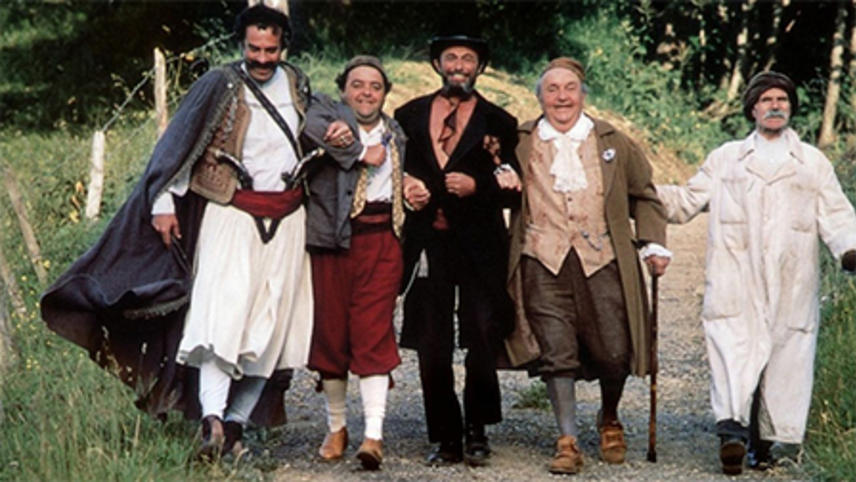
Albert Cohen arrives in Geneva to pursue his studies. He became a Swiss citizen and was admitted to the Geneva bar. Following his elaboration of the passport for displaced persons, he will return to the city in 1947 to head the Protection Division of the IRO. Geneva will be the city where Cohen’s work confronts generations and discomforts between them. First of all, between him and his mother, who, like his character Solal, is ashamed of her origins and the characters who represent her too “loudly”. He will cry for these moments of shame in The Book of My Mother and will mock his own attitude in Mangeclous, the main character of this novel and who bears the same name causing a great commotion in the city and the highest UN authorities, by setting himself up as an emissary of the creation of the State of Israel.
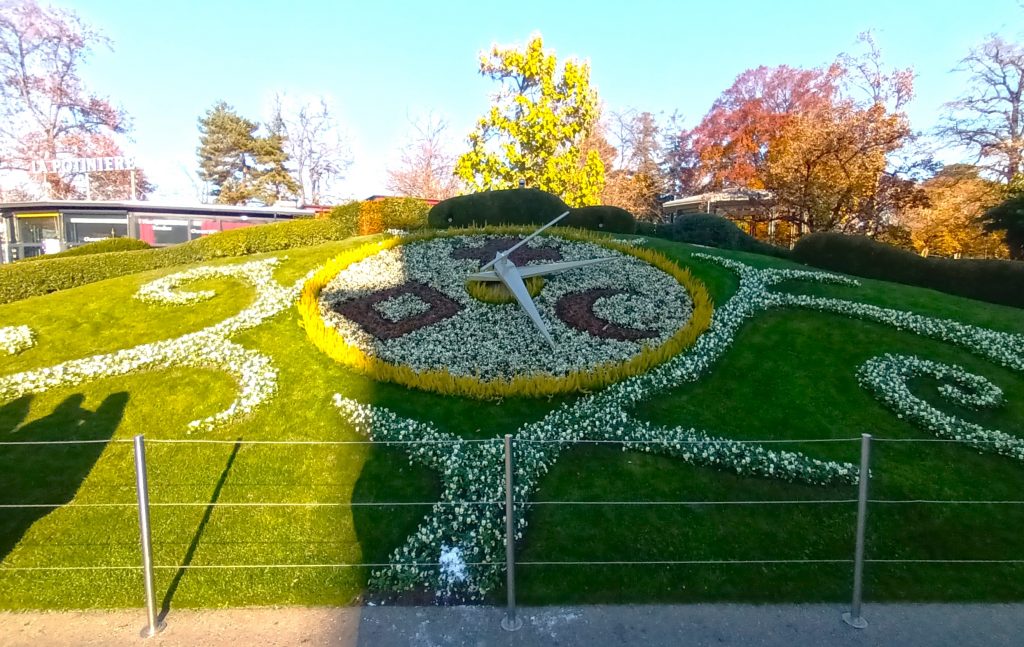
The Community Center houses the Jewish main library, rich in several high quality scientific and artistic collections, as well as the Jardin Rose (Rose Garden) and a kosher restaurant. The Jewish Community Center also organizes many cultural events.
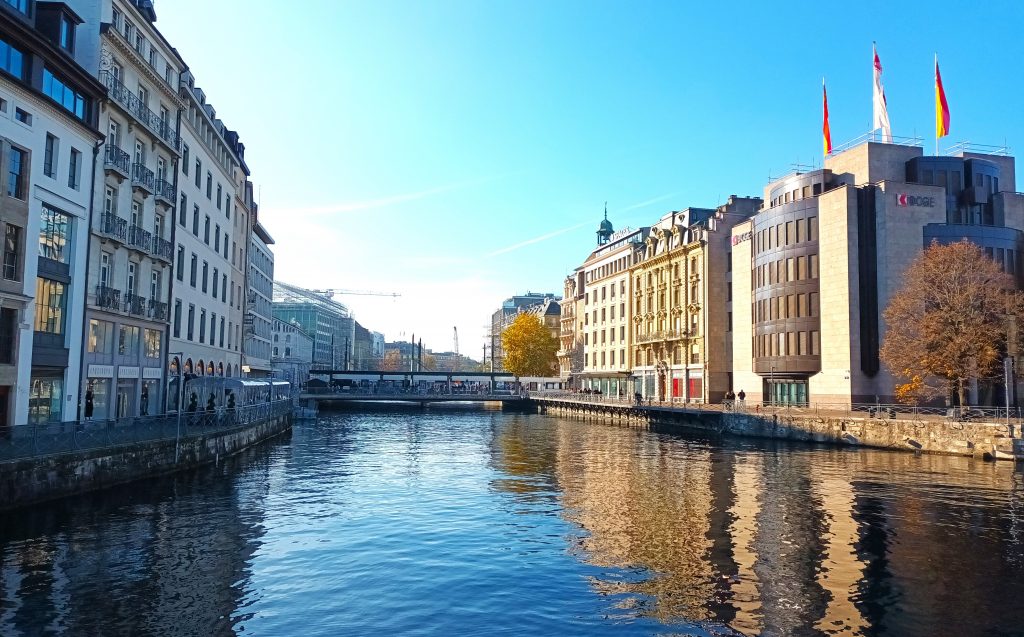
The Jewish population in 1900 consisted of 1100 people. In 2024, estimates suggest that there will be 6000.
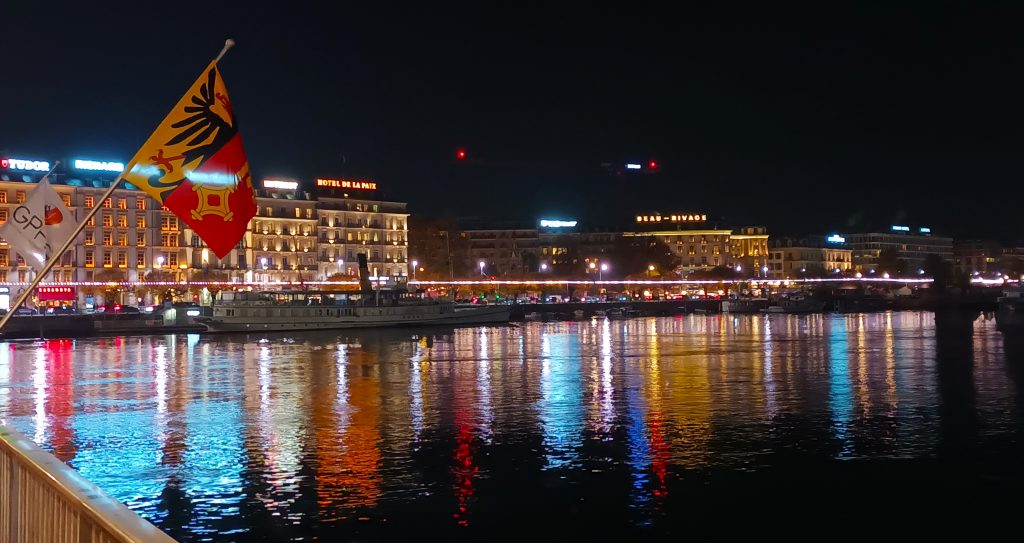
Here’s our interview with Rabbi Éric Ackermann, during our visit to the beautiful and ancient Beth-Yaacov Synagogue.
Jguideeurope: How long have you been rabbi of the Beth Yaacov Synagogue?
Éric Ackermann: I’m not the rabbi of the synagogue; I’m a rabbi at the synagogue. In fact, there are several rabbis in Geneva, and I joined the Beth-Yaacov team, the oldest of whom, Rabbi Jacob Tolédano, is the mainstay of the synagogue. Rabbi and cantor for over 50 years, he delights the faithful with one of the most beautiful voices in Europe. That said, I’ve been in this synagogue for almost 20 years.
Given its age and its important place in Geneva Judaism, have you noticed a growing desire on the part of new generations to continue the celebrations here?
It’s the oldest Geneva synagogue still standing, dating from before the emancipation of the Jews. Today, an ever-growing number of worshippers want to perpetuate their family celebrations here, from circumcision to weddings and other anniversaries and ceremonies.
What religious and cultural activities does the synagogue organise?
As I mentioned earlier, the synagogue’s religious life is marked by numerous CIG ceremonies, as well as interfaith meetings, training courses and visits to Geneva schools. On the cultural front, there are numerous courses, debates and conferences. There’s no shortage of community festivals and events. Don’t hesitate to visit the community website: comisra.ch
You are very involved in Jewish-Christian dialogue. How do you see it developing in Switzerland?
I think that since the Second Vatican Council, trust and respect have been established, and dialogue has been able to strengthen and flourish. In fact, in 2018 I was awarded the Swiss Dialogue Prize by the FSCI for my work with the Geneva Interfaith Platform, of which I was president for 7 years. Its development contributes to ‘living together’ and therefore remains generous. In short, dialogue with other communities is an exercise in the times in which we live.